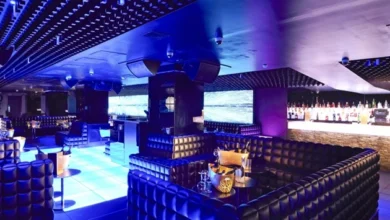These are the most colorful tribes in the world

There are still people whose traditions and colorful cultural practices can surprise the world in jungles, mountains, and tropical islands. Overview of the most colorful tribes in the world.
They are hidden from globalization by dense jungles, deserted deserts, or huge mountains. Tribes follow a way of life, religious beliefs, ritual practices, colorful clothing, and language that distinguished them from the rest of the country in which they live.
They own their personal identity, keeping away from modern trends and economic development. Let’s take a closer look at the fascinating attires and accouterments of the most colorful tribes worldwide.
Huli, Papua New Guinea
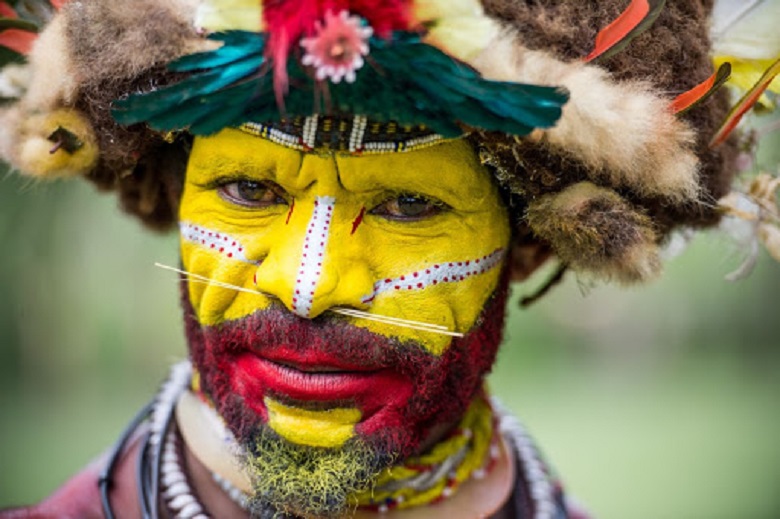
The Huli can safely be called the most colorful and interesting from a cultural point of view among the Papuan peoples. It is essential that the tribe, which lives in the province of Southern Highlands, actively contacts strangers, is friendly to tourists, takes part in various holidays and festivals. There are currently about 250,000 in population.
So large, by the island’s standards, the tribe has its unique structure; the people in it divide into clans and subclans. It is not difficult to distinguish the representatives of the Huli tribe from other nationalities; one of the main elements of their decoration is colorful wigs.
Dogon, West Africa
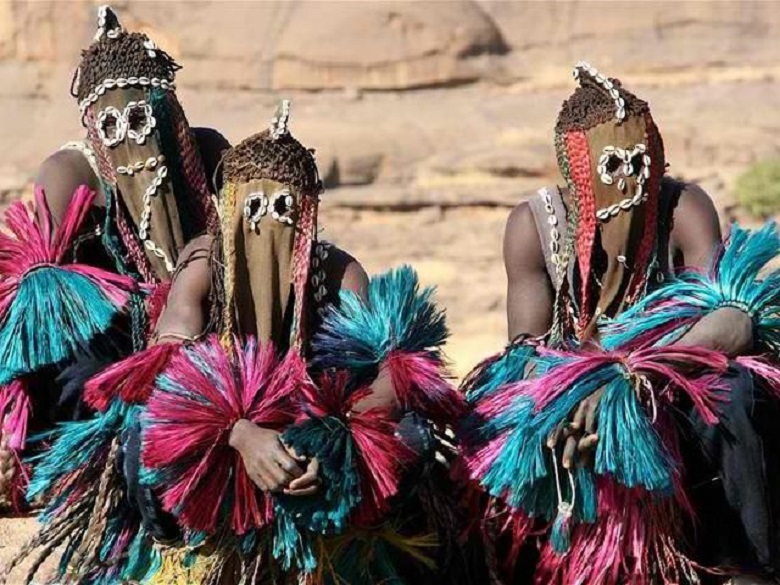
Dogon lives in West Africa, in the southeast of the Republic of Mali. In the early twentieth century, researchers visiting tribes showed an unusual artifact – murals. Some of them are more than 700 years old.
The drawings and legends of the tribe show that in ancient times it was familiar with astronomy. However, now the Dogons earn money by dancing in front of tourist groups, selling ritual masks, and collecting pigeon and bat droppings from rock walls, which are considered an aphrodisiac.
Chimbu, Papua New Guinea
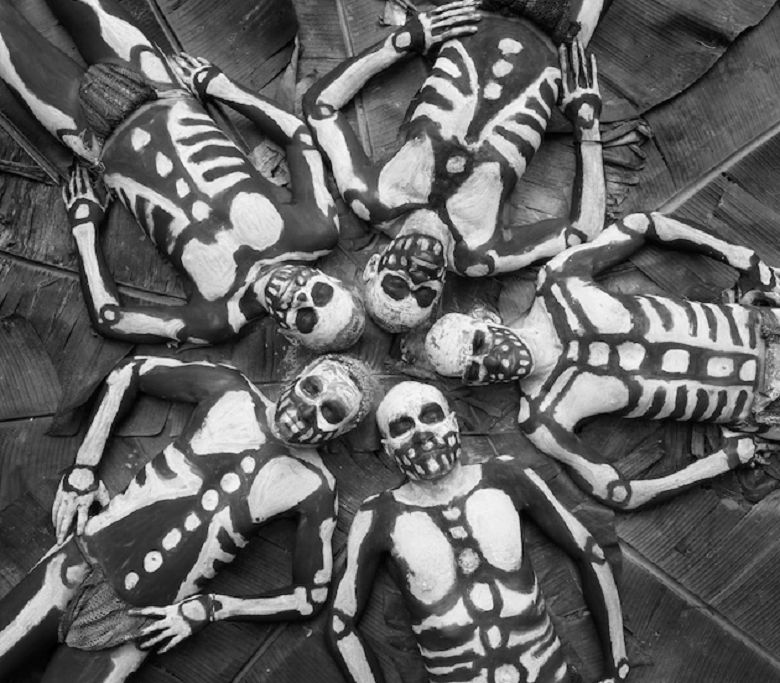
Until the 1930s, the deep regions of Papua New Guinea were largely unexplored. The last tribe on our planet, whose way of life has not changed since the Stone Age, was discovered in that jungle only in 1980. The entry of the Papuans into the modern world was not without problems.
Traditions that have been handed down from age to age for centuries are changing rapidly. Cities grow up around them, and many locals leave their tribes and forget their traditions.
One of the most colorful tribes that still opposes globalization is the Chimbu. Their tribal ceremony causes fear and surprise with “Spirits” or “Skeletons.” During the ceremony, the Papuans attack a forest demon known locally as” Omo Masalai.”
Mudmen of Asaro, Papua New Guinea
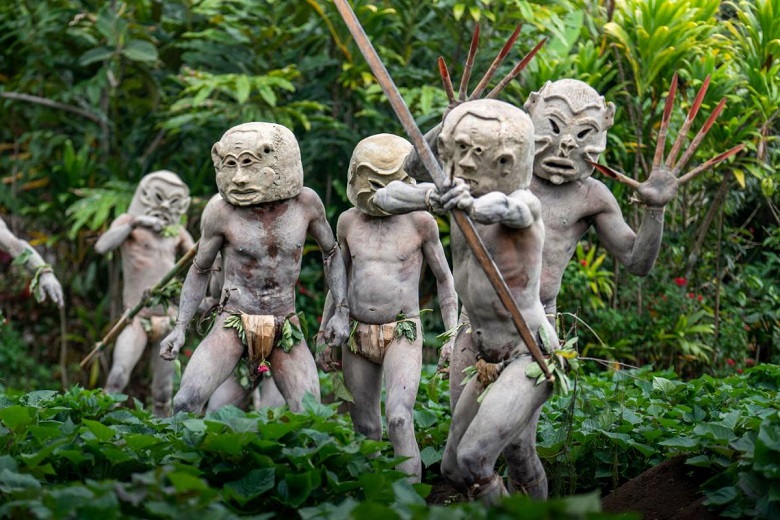
The Asaro is one of the most famous tribes of Papua New Guinea. Their unique feature is the scary masks made of clay. Tribal legend has it that the Asaro, once defeated by an enemy tribe, fled to the Asaro River and hid in the water. When dusk fell, the fugitives came out of the water, and their enemies mistook the mud-smeared people for ghosts and fled in fear. The defeated returned to their village and, to scare off new enemies, made terrible masks out of clay.
Himba, Namibia
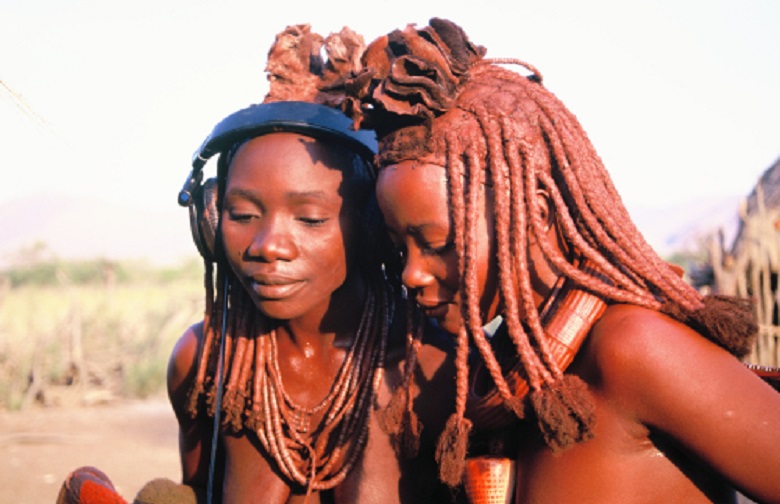
There is a unique Himba people in the north of Namibia, an ancient tribe of semi-nomadic shepherds. Despite wars and droughts, their way of life has not undergone almost any changes over the centuries. The tribal structure helps the Himba survive in extreme natural conditions, which are rarely found on Earth.
Each member of the race belongs to two clans: the fathers and the mothers. Marriages arrange in such a way that wealth distributes in equal shares. External attributes play a vital role, indicating the position in the group and the phases of life. The headman – usually the grandfather-sets the rules for the entire tribe and monitors their compliance.
Mongolian Kazakhs, Mongolia

The descendants of the Turkic, Mongolian, and Indo-Iranian tribes who inhabited the territory between Siberia and the Black Sea are semi-nomadic people whose descendants roam with their herds the mountains and valleys of Western Mongolia. They adhere to pre-Islamic cults of heaven, ancestors, fire and believe in supernatural forces and spirits.
Eagle hunting is a traditional art of the Mongolian Kazakhs. The Eagle Festival celebrated every year, attracting participants and spectators from all aimags (tribes).
Pygmies of Bayaka, Central African Republic
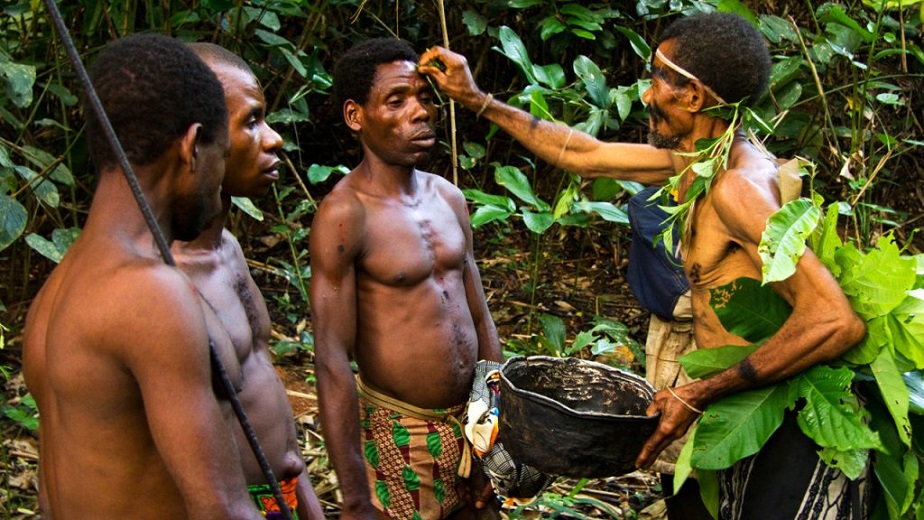
North of the Republic of Congo has been inhabited since ancient times by a tribe of Pygmies. They call themselves Bayaka. The jungle is their kingdom. Only here, no one oppresses them, does not dictate life rules, does not force them to work.
The richness of the forest explains the sincerity and spontaneity of the pygmies. They are not concerned about what they will eat tomorrow. There’s plenty of everything in the jungle. There will be a day, and there will be food.
The men of the tribe go hunting, the women gather leaves and fruits. Bayaka sleeps in the forest thicket in huts. They read the forest just as we read books. Only the forest means much more to Bayak – it is their life.


